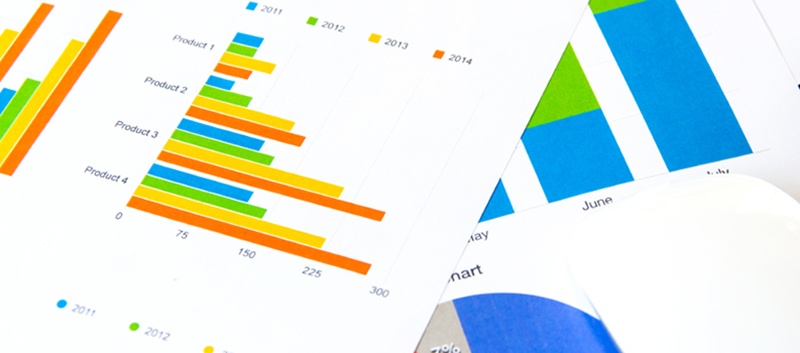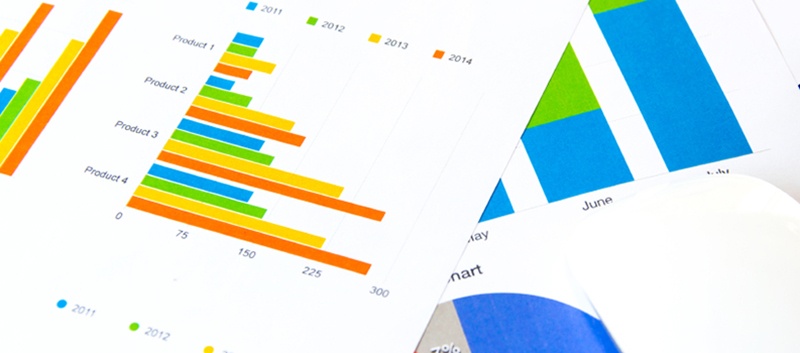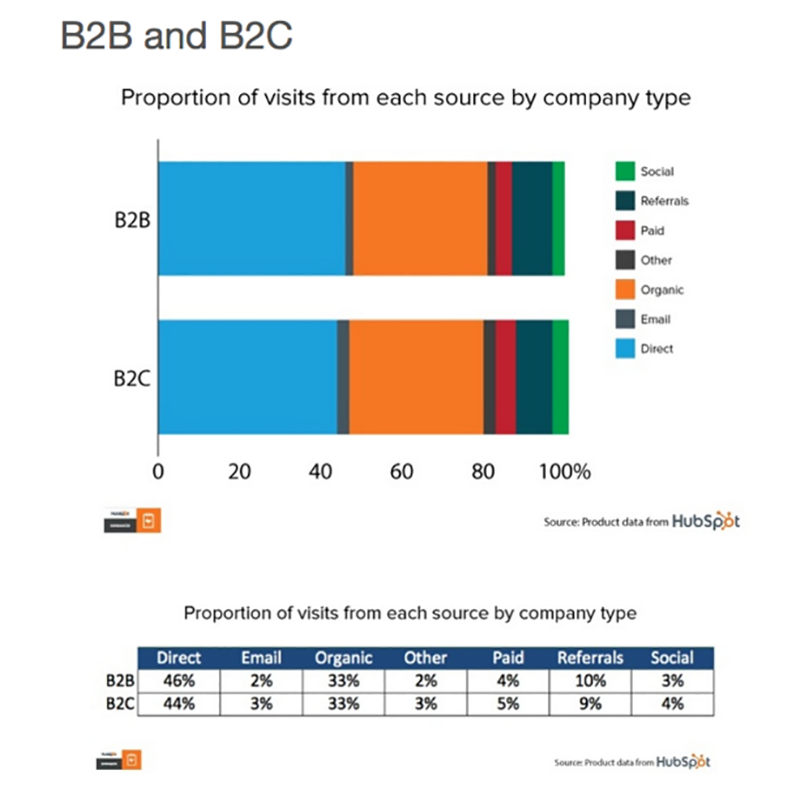Do You Want to Be Contacted?
One of the most popular pages of any B2B website is the contact page. It’s where visitors go if they want to know where your company is located or...


HubSpot recently published a new report that’s focused solely on research, and so far we’ve been really impressed with the depth of their reports. This is a great resource for marketers and inbound marketing consultants (like me), and if you dig into it you can come up with some great takeaways. One warning though: similar to what sometimes happens after having a few slurps of a Slurpee, you might get a brain freeze after staring at chart after chart after chart. We did on their latest research report, Average Traffic Sources For Websites: Benchmarks From 15K HubSpot Customers, but we also came away with one HUGE takeaway that we want to share.
This latest report takes a look at thousands of HubSpot customers’ website traffic and breaks it down into the main categories of traffic:
The reason why I find this information so fascinating is that it gives business owners and marketers REAL DATA on how their website is doing compared to others of similar size within your industry. After seeing this data, you can then compare it to your own and determine if your online (SEM, organic, etc.) strategy is working.
Now the bad news: many of the companies that I speak with on a daily basis about their marketing efforts don’t even know what their web traffic looks like or don't even know if they have a Google Analytics account to track these types of analytics. Or if they do have a Google Analytics account, they rarely, if ever, look at it — and when they do, have no idea what they are doing. Companies like these have the most to gain when starting an inbound marketing program because they begin to learn more about how their own company generates leads, which can be quite impactful on the entire business.
While there is a lot of great information in this report, the biggest takeaway that I got is that social media, while receiving the most attention from the majority of marketers over the past few years, is one of the smallest (B2B 3% and B2C 4%), generators of traffic for most websites. This also begs the question, with organic being the #1 source of traffic across the board (33% both B2B and B2C), besides direct traffic (46% B2B and 44% B2C), why isn’t more emphasis put on organic?
If you have tracked your conversions and see that social media (or some other traffic source) generates more conversions for you, you would do better to focus on that traffic source. In general, organic will produce the best results, but there are always outliers and different situations that may end up with different results. You should always be tracking to learn exactly what works best for you and your situation.

Now that you know this research exists, it’s time to get busy and take a look at how your website is doing, which are the greatest sources of traffic, and which ones are converting the best. If all of this is jibberish to you, feel free to reach out to us at inboundhelp@leadg2.com and we can get you set up on Google Analytics and help you out.

One of the most popular pages of any B2B website is the contact page. It’s where visitors go if they want to know where your company is located or...

Last year Google sent shockwaves through the marketing community by announcing that it would soon be elevating mobile-optimized sites in their search...

Each day I have the opportunity to work with business owners and marketers to develop digital marketing programs that help them generate leads and...